begin quote from:https://www.cnn.com/2022/08/06/us/drought-water-canal-colorado-nebraska-climate/index.html
Nebraska and Colorado are sparring over water rights. It could be the new norm as rivers dry up
Residents on this state line have built their industry, economy and lives around the South Platte River. But as an intense and widespread drought digs into the High Plains, flows have decreased.
Unwilling to leave things to chance, Nebraska has taken action by invoking the fine print of a century-old water compact between the two states — and sparking new tension in the process.
THE WEST'S MEGADROUGHT
Nebraska Gov. Pete Ricketts in April signed legislation that, within the terms of the compact, would allow Nebraska to build a canal in Colorado to siphon water off the South Platte River.
In response, Colorado Gov. Jared Polis described the plan as a “costly and misguided political stunt.”
But it’s a conflict climatologists say could play out more often as drought expands in the West and Central US, draining water supplies and exacerbating strains between urban growth and agriculture.
“We go through droughts every 20 years or so, but nothing of this magnitude,” said Tom Cech, former co-director of the One World One Water Center at Metropolitan State University in Denver. “We are in for a wave of water rights battles through the West. This is the driest it has been in 1,200 years.”
Who has the right?
The South Platte River runs from the Rocky Mountains in Colorado, through Denver, and courses northeast alongside I-76 toward Nebraska. Along the way, the city gives way to miles of farms and ranches on both sides of the Colorado-Nebraska border.
But much of that land is now brown.
Concerns about how much water – or how little – is flowing down the South Platte led Ricketts to announce the $500 million plan to build a canal on Colorado land to funnel water into a Nebraska reservoir system during the non-irrigation months in the fall and winter.
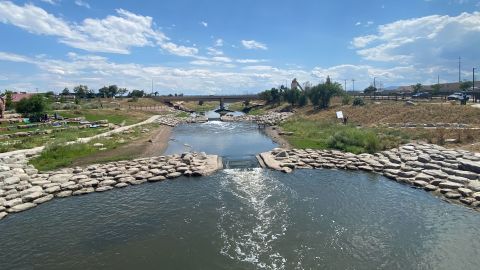
“Without this compact and our ability to enforce our rights, we will see the dramatic impact upon our state,” Ricketts said in an April press conference, pointing to Colorado’s ever-growing population and its estimate of nearly $10 billion for 282 new projects along the South Platte. “Should all the long-term goals be affected, they would reduce the amount of water flows coming to the state of Nebraska by 90%.”
That rationale raised eyebrows in Colorado.
“The fact is, many of those projects are not necessarily going to come to fruition,” Kevin Rein, Colorado’s state engineer and director of the Colorado Division of Water Resources, told CNN, noting that the state curtails usage based on water-rights seniority to ensure that Nebraska still gets the water it has the right to.
“In the 99-year history of the compact, we have complied with those provisions of the compact,” Rein said. “They are getting what they agreed to.”
Despite the population growth in Denver, Rein said, the amount of water used has decreased because of conservation efforts. However, the state acknowledges future expansion could impact supplies.
“Development along the South Platte River could begin to diminish flows as they travel down the river toward the lower section of the river and ultimately Nebraska,” Rein said.
At the same time, building a canal would have an impact on Colorado water rights, Rein said. But overall, he believes the compact is good for Colorado.
“It’s really two states getting along,” he explained. “What we have is good for farmers in Colorado and good for farmers in Nebraska in that region that are part of a community and work together. And they’re the ones that could be impacted.”
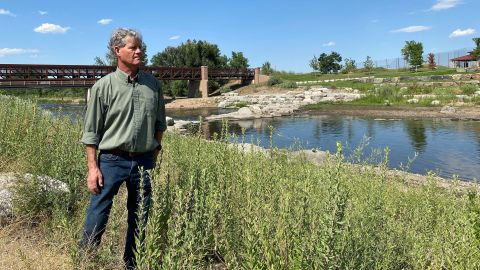
The South Platte River Compact allows Nebraska 500 cubic feet of water per second — with some conditions — in the fall and winter between October 15 and April 1.
However, during the irrigation season in the spring and summer, from April 1 and October 15, Nebraska’s allotment drops to 120 cubic feet per second.
Critically, though, the compact permits Nebraska to build a canal on Colorado land to divert water from the South Platte “for irrigation of lands in Nebraska” and “grants Nebraska and its citizens the right to acquire by purchase, prescription, or the exercise of eminent domain” any land necessary to build and maintain the canal.
Nebraska’s legislature so far has approved $53.5 million for the Perkins County Canal Project Fund for “design, engineering, permitting and options to purchase land.” The state said it has also hired an independent consulting firm to do a cost and timeline analysis. The study is expected to be presented to Nebraska’s legislature before the end of the year.
Caught in the middle of this political tug-of-war are the farmers, ranchers and their communities built around the South Platte in eastern Colorado and western Nebraska — many of whom were surprised to hear of Nebraska’s plans for the canal.
‘Nobody wants to lose any of their property’
History can be found all around Julesburg, Colorado. There’s the Pony Express Trail and Fort Sedgwick, which was immortalized in the 1990 movie “Dances with Wolves.”
For Jay Goddard, a banker and fifth-generation rancher in this corner of Colorado, history literally stretches across his land.
Goddard’s ranch bears a two-and-a-half-mile scar from when Nebraska began — but never finished — digging a Perkins County canal more than a century ago.
“Well, obviously, nobody wants to lose any of their property,” Goddard told CNN while walking along the remainder of the ditch, with the interstate highway and Nebraska visible in the distance. The ground on his ranch is dry and brittle. “There’s usually water standing in some of these lagoons and they’re completely dry right now.”
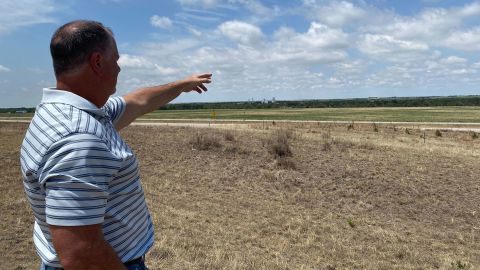
He’s also concerned about the impacts of the canal on the overall health of the river.
“I hope it doesn’t knock down the flow during the wintertime. We have a lot of hunters that come to this area. We have a lot of good wildlife — whether geese, turkey, deer and ducks — that come through on a migration and so I’m worried that it will dry up the river at the wrong time,” Goddard said.
Not only would that hurt Julesburg’s tourism and economy, but it would also impact its neighbors’ businesses as well. Goddard explained that the border is porous, with many — like him — having operations in both states.
“I want to make sure that my [agriculture] producers and the folks that bank on our [agriculture] lending side are taken care of well on both sides of the line,” Goddard said.
Just on the other side in Nebraska, farmer Darrel Armstrong sees the issue as less about Nebraska versus Colorado and more a battle of “agriculture against urban.”
“We feel that in a lot of the agreements that have been made that [rural areas are] coming up short,” Armstrong said to CNN. “The people who are upholding the agreements had nothing to do with making the agreements.”
According to Cech, the population expansion in the High Plains was enabled by the agriculture industry.
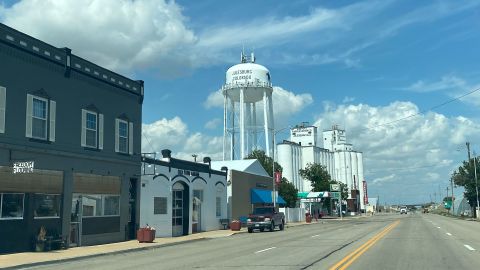
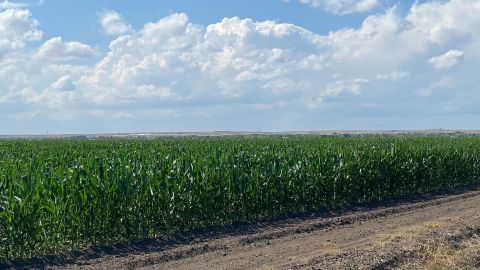
“If you don’t have irrigation in Colorado – in the West – all you’re going to grow is probably prickly pear cactus and sagebrush,” Cech said. “Water is key to that economic growth, not only in Colorado or Western Nebraska, but in California and the West in general.”
As the drought lingers, which Armstrong called, “very devastating,” the tougher the conditions for his business. “We are looking at potentially zero production on our dry land crops without water,” he said.
He agrees with Goddard that the South Platte needs to be protected.
“The South Platte basically is the lifeblood to our surface aquifer and so we need to somehow keep the South Platte running,” Armstrong said. “We’re seeing less and less come down the river from what we had in the past.”
Lawsuits could delay Nebraska from moving forward with its canal project. But for now, on these farms and ranches, there are more questions than answers.
“What can they do for me to make sure that it’s not disrupting my production, but also my other producers in this area?” rancher Goddard wondered.
It’s just beginning of a new era of water wars in an age of unprecedented climate change as rivers dry up and desperation flows.
“Human nature is our biggest barrier, I believe, in trying to manage water in the West,” Cech said.








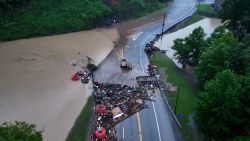






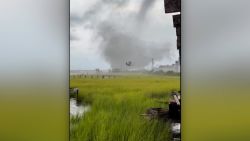


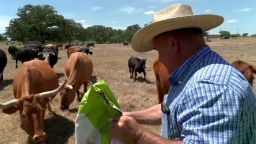
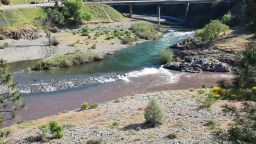
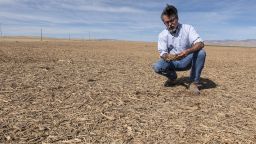
No comments:
Post a Comment